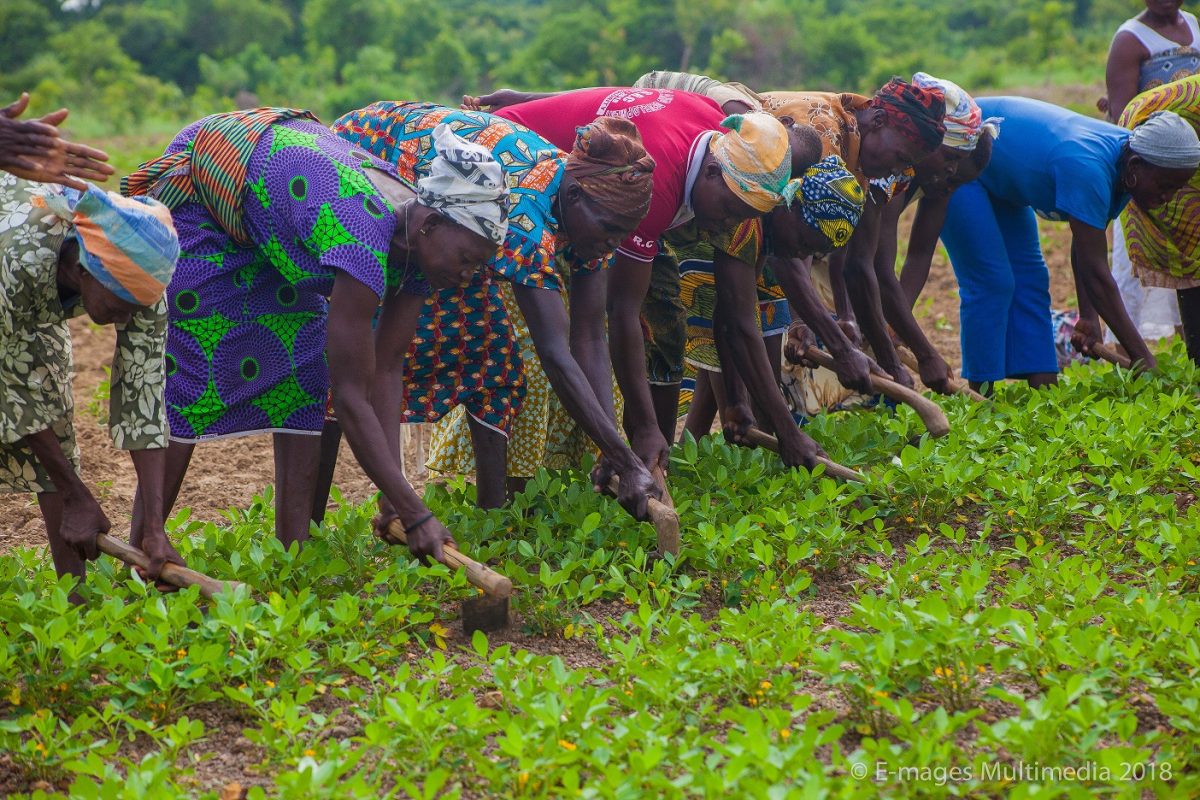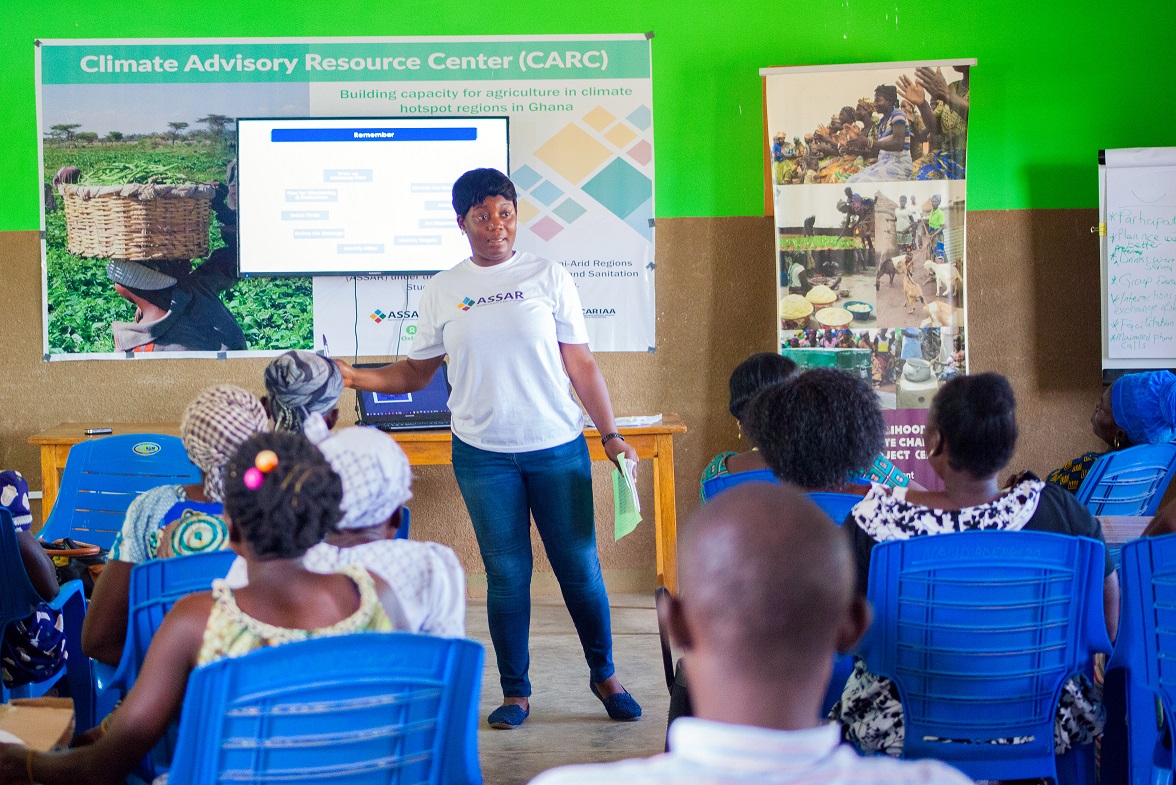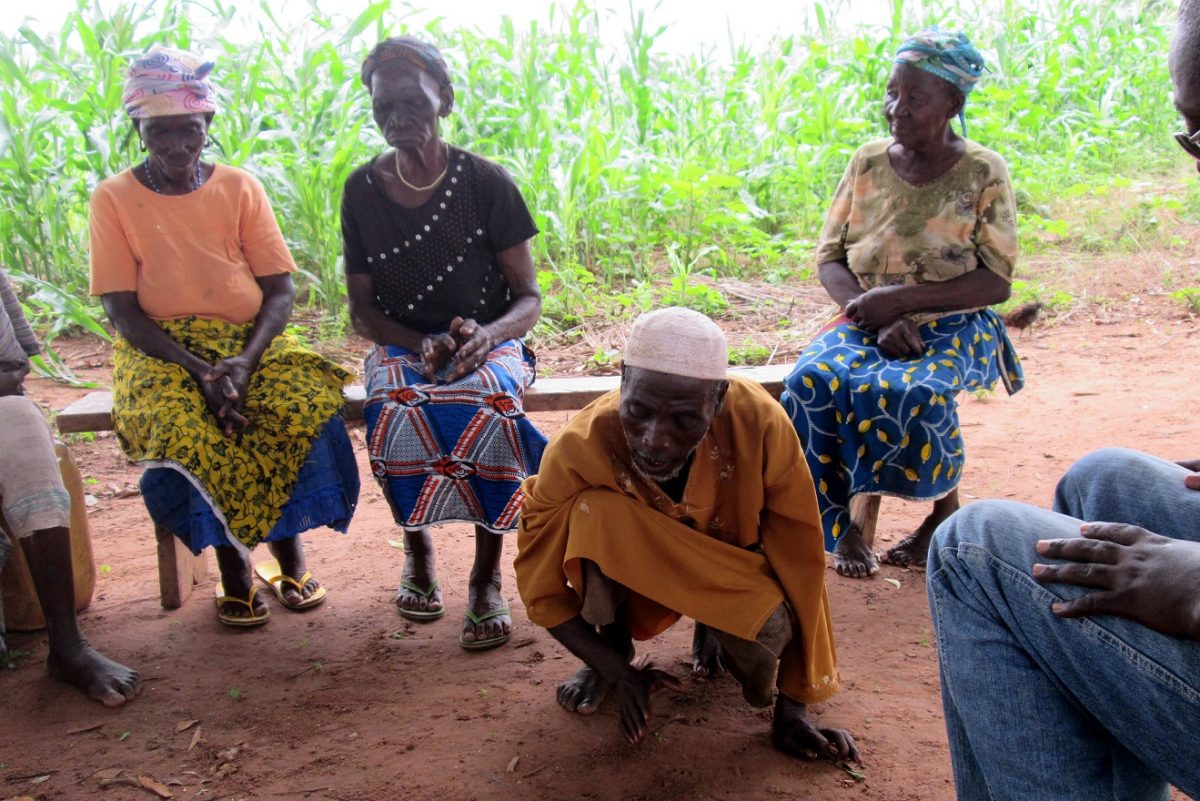Adaptation at Scale in Semi Arid Regions
This project, implemented by comprised researchers and technical officers from University of Ghana worked with partners to understand differentiated vulnerabilities, identify barriers to adaptation, and explore what needs to happen to support more effective, sustained, and widespread adaptation.
An initiative of Institute for Environment and Sanitation Studies

Overview of the project
West Africa’s semi-arid regions are home to an incredibly rich history of cultures that have thrived despite highly demanding environmental conditions. Today, people living in these dryland areas face a suite of complex challenges. These are related to increasingly erratic rainfall, rising temperatures, droughts, poor soil fertility, and floods, combined with high population growth, gender inequalities, ineffective decentralisation of governance, and reliance on climate-dependent livelihoods. From 2014-2018, ASSAR’s Ghana team worked in the Lawra and Nandom districts of Ghana’s Upper West region to better understand how these interlinked challenges are impacting people’s capacity to adapt. Our team comprised researchers and technical officers from the University of Ghana’s Institute for Environment and Sanitation Studies (IESS) along with master’s and PhD students from IESS and other university programs. We worked with partners and stakeholders from national to household levels to understand differentiated vulnerabilities, identify barriers to adaptation, and explore what needs to happen to support more effective, sustained, and widespread adaptation. ASSAR was a project within the CARIAA (Collaborative Adaptation Research Initiative in Africa and Asia) programme, funded by IDRC and DFID.Informing climate adaptation policy and practice in ways that advance the agency and long-term wellbeing of the most vulnerable.
Published research
03/02/2014
http://www.assar.uct.ac.za/assars-work-ghana
http://www.assar.uct.ac.za/assars-work-ghana
DFID and IDRC
About the
organisation
organisation
Research, Postgraduate Education




